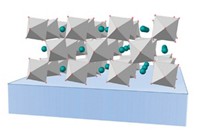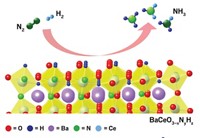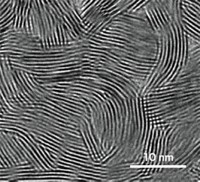Advertisement
Grab your lab coat. Let's get started
Welcome!
Welcome!
Create an account below to get 6 C&EN articles per month, receive newsletters and more - all free.
It seems this is your first time logging in online. Please enter the following information to continue.
As an ACS member you automatically get access to this site. All we need is few more details to create your reading experience.
Not you? Sign in with a different account.
Not you? Sign in with a different account.
ERROR 1
ERROR 1
ERROR 2
ERROR 2
ERROR 2
ERROR 2
ERROR 2
Password and Confirm password must match.
If you have an ACS member number, please enter it here so we can link this account to your membership. (optional)
ERROR 2
ACS values your privacy. By submitting your information, you are gaining access to C&EN and subscribing to our weekly newsletter. We use the information you provide to make your reading experience better, and we will never sell your data to third party members.
Synthesis
A better hydrogen-producing catalyst
March 20, 2006
| A version of this story appeared in
Volume 84, Issue 12

With an eye toward producing large quantities of hydrogen, scientists have created a new photocatalyst that splits water 10 times more efficiently than previously reported similar photocatalysts. When exposed to visible light, the catalyst-a solid solution of gallium nitride and zinc oxide impregnated with nanoparticles of a mixed oxide of rhodium and chromium-splits water, producing hydrogen gas with a quantum efficiency of 2.5%, according to Kazunari Domen at the University of Tokyo and colleagues (Nature 2006, 440, 295). The mixed oxide appears to be key; rhodium or chromium oxide alone does not improve the catalyst's activity. The authors report the reaction's efficiency increases with short-wavelength light. The catalyst performed repeated runs for 35 hours without degrading. The authors also say the catalyst could be improved to work well at long wavelengths of light.





Join the conversation
Contact the reporter
Submit a Letter to the Editor for publication
Engage with us on Twitter